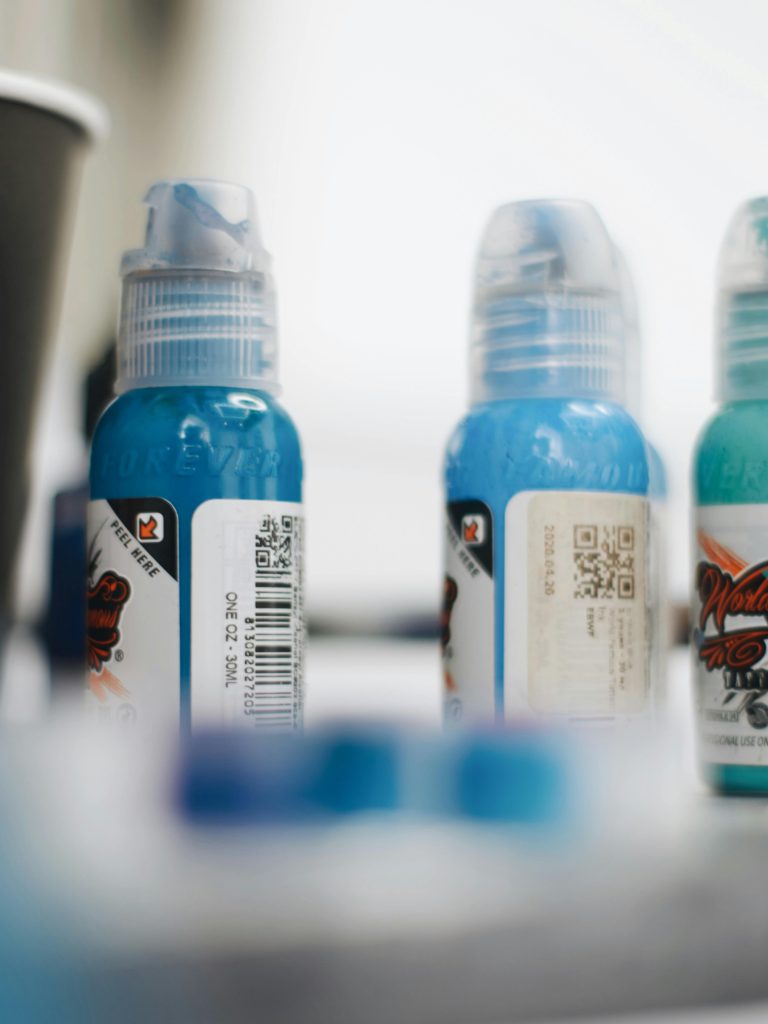Understanding GPU Memory Allocation and Performance Bottlenecks in Modern Laptops
Recently, a user shared their experience with gaming performance issues on a laptop after upgrading RAM, sparking an interest in exploring how shared GPU memory impacts system performance. The user’s primary concern was why their game was experiencing lag despite having approximately 10 GB of shared VRAM that appeared to remain unused, yet their GPU was reportedly operating at full capacity.
The Context
The user upgraded their laptop’s RAM from 8 GB to an impressive 40 GB in pursuit of enhanced gaming performance. Following this upgrade, they launched a game optimized for performance but noticed in Task Manager that a significant portion of shared memory—around 10 GB—was not actively utilized. Despite this, the GPU was maxing out during gameplay, leading to lag and poor performance. The user sought a better understanding of this phenomenon rather than an immediate fix.
Shared GPU Memory and Its Role
In modern laptops, particularly those with integrated or hybrid graphics solutions, a portion of system RAM is often allocated as shared VRAM for the GPU. Unlike dedicated VRAM found in high-end graphics cards, shared memory dynamically allocates system RAM to serve as video memory when needed. However, this process can sometimes lead to confusion regarding actual memory use and performance implications.
When a game or application demands high graphics processing power, the GPU utilizes both dedicated VRAM and shared memory to render visuals. If the GPU is operating at maximum capacity while shared memory remains underused, it may indicate that the bottleneck isn’t solely about memory availability but may involve factors such as:
- GPU Processing Power: The core graphics processing capability might be insufficient for the game’s demands.
- Memory Bandwidth: Even with ample memory, limited bandwidth can hinder performance.
- Driver or Hardware Configuration: Outdated drivers or hardware settings may restrict GPU utilization efficiency.
- Thermal Throttling: Overheating components can cause the GPU to reduce clock speeds, impacting performance.
Interpreting the Shared Memory Usage
The observed non-utilization of the shared VRAM might not directly indicate an issue. Instead, it could reflect how the GPU manages memory resources depending on the workload. The GPU may prioritize using dedicated VRAM for performance and only resort to shared memory when necessary. Furthermore, if the GPU is maxing out, it suggests that the bottleneck may lie elsewhere, such as raw GPU capability or thermal limits, rather than memory availability.
Conclusion
Share this content:



